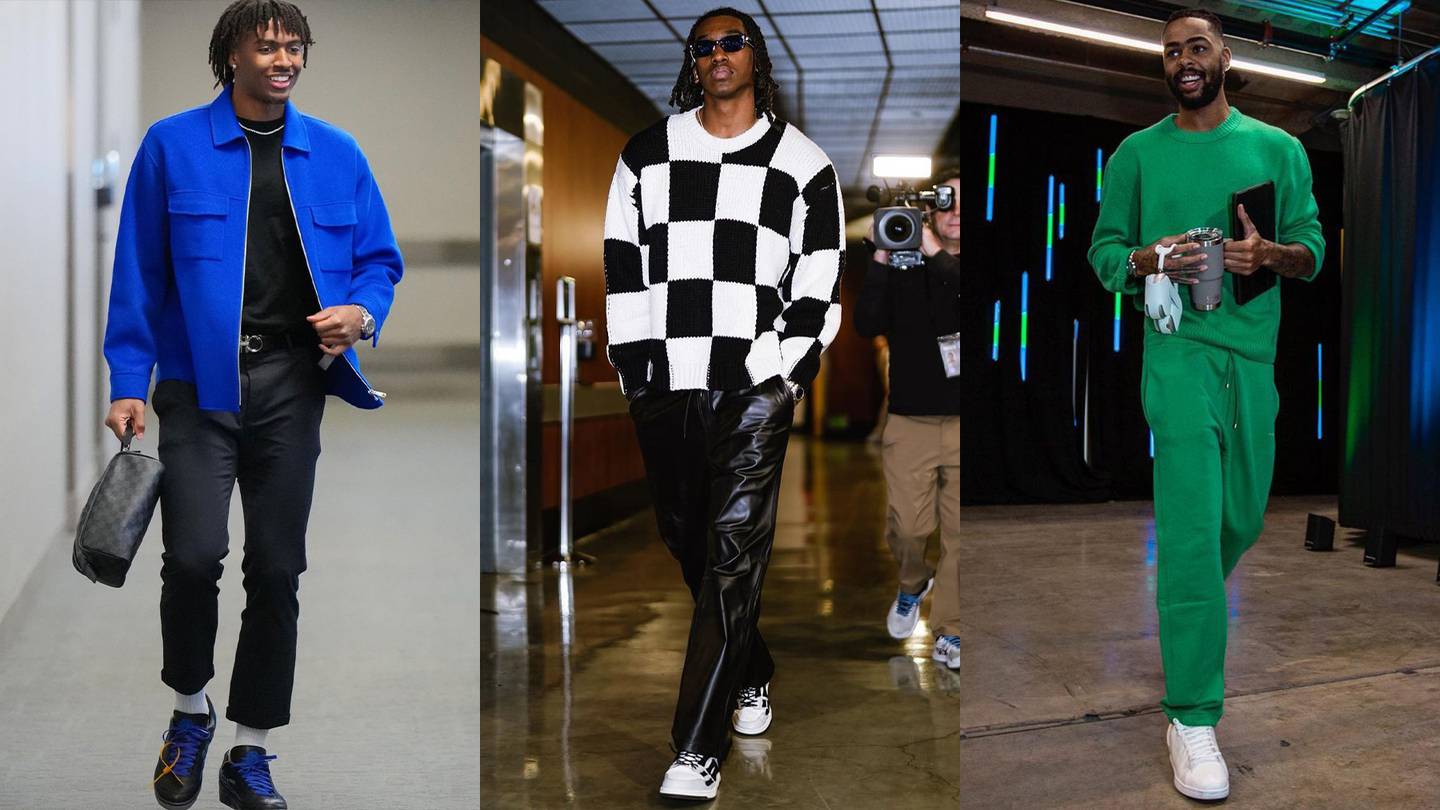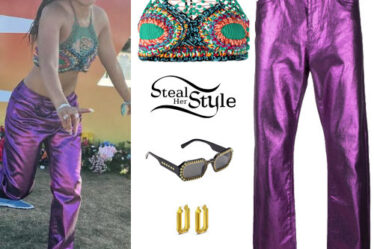
LOS ANGELES — There’s perhaps no better place to watch Hollywood working than the Beverly Hills Hotel’s Polo Lounge at 9am on a Friday morning, and the team behind denim brand Frame — co-founder and creative director Erik Torstensson and CEO Nicolas Dreyfus — have positioned themselves at a lacquered wood booth in the centre of it all.
In walks a Birkin-toting Nicky Hilton Rothschild, soon to be joined by her friend, Oscar de la Renta designer Fernando Garcia. Out walks Snapchat’s SVP of content, Ben Schwerin, with Bob Iger, just days before it was announced that he would come out of retirement to rejoin Disney as its CEO. Torstensson and Dreyfus receive nods, and exchange a few hellos. Soon enough, founder of RXBar, Peter Rahal, is standing at their table, eager to show off the tag on his T-shirt. He’s wearing head-to-toe Frame, he says, and Torstensson is delighted.
“I couldn’t have arranged it better,” he laughs.
Rahal’s impromptu appearance certainly tucks neatly into Torstensson’s carefully crafted narrative. Frame, the premium denim venture that he started with Jens Grede in 2013, when consumers were more interested in Lululemon leggings than jeans, not only succeeded but thrived, becoming a lifestyle brand rooted in denim, rather than a denim brand with nothing else to say.
Now, Tortensson wants fashion credibility, and he’s hired a yet-to-be-named designer — a heavyweight from Europe, he says — to give the collections a real identity in 2023. There are plans to stage a runway show. Can Dreyfus and Torstensson go where no denim brand has convincingly gone before — out of Los Angeles, no less? (Diesel, whose designer, Glenn Martens, is critically lauded, may be the one exception.) Torstensson says it’ll be a “mix of what Paris does best — when it comes to everything from image to clothes and products — and what California and LA has in terms of technology and modernity,” which, if executed properly, could result in the “most exciting thing in American fashion.”
Financially, Frame Denim is in a solid position. In 2022, the company generated about $170 million in sales, up 50 percent from pre-pandemic levels. (The company declined to share 2021 figures.) Profitability on an EBITDA (earnings before interest, taxes, depreciation and amortisation) basis is up more than 90 percent from 2019, in part thanks to a tripling of e-commerce sales. (The business now generates 30 percent of its revenue through direct-to-consumer channels, up from 20 percent pre-pandemic.)
Despite the challenging economy, Dreyfus, who joined the business in March 2020 after co-founding (and selling) French contemporary brand The Kooples, is confident that Frame can continue building out its talent bench in Los Angeles, recruiting not only from other parts of the US, but also internationally.
Torstensson credits Frame’s early success to his and Grede’s ever-so-slightly unorthodox approach. In 2012, the duo — then best known as the marketers behind the London-based creative agency The Saturday Group — chose to take on a tired concept instead of diving into a hot category. Premium denim from the likes of JBrand and Diesel dominated fashion in the 2000s, but few of those labels — largely run by manufacturers, not brand builders —had managed to stay top of mind with consumers as they moved on to athleisure.
Torstensson and Grede led with brand, introducing a standard skinny jean — the de-facto silhouette of the time — but positioning it as the choice of their supermodel friends. (A collaboration with Karlie Kloss on a pair of super-elongated flares in 2015 was an early win.)
A decade later, the jeans are still selling — making up half of the company’s overall revenue — but Frame has managed to do something out of the ordinary for your run-of-the-mill premium jeans maker: get consumers to buy non-denim items, too, like silk blouses and satin mini skirts.
“They have built a strong brand around timeless, elevated versatility,” says Pete Nordstrom, president and chief brand officer of his family’s namesake department store chain, adding that Frame provides “pieces that are the centre” of the customer’s wardrobe, and that the line “always feels relevant.”
A lot of that has to do with the early framework Torstensson and Grede established: Frame was never about a certain style of jean, but instead a style of life. Relaunching a men’s collection after an initial misfire — the first attempt was too focused on denim, Torstensson says — was a risk that has paid off. As a full-fledged, stand alone line, it still makes up a small portion of sales — Frame declined to say how much — but is better positioned to grow.
For many, the obvious next step would be to sell the company as soon as the market tilts more favourably towards sellers — or immediately, if the right deal comes along. Grede and his wife, Emma, now help run the Kardashian empire by managing Skims and Good American, so he’s less involved day-to-day. Dreyfus, who sold The Kooples to Lacoste-owner Maus Frères in 2019, is the kind of executive who can help set up Frame for that sort of deal.
But Torstensson insists a sale isn’t the goal. “We absolutely do not want to sell the business,” he says. Instead, he’s focused on building Frame Denim by continuing to act nothing like a denim brand.



